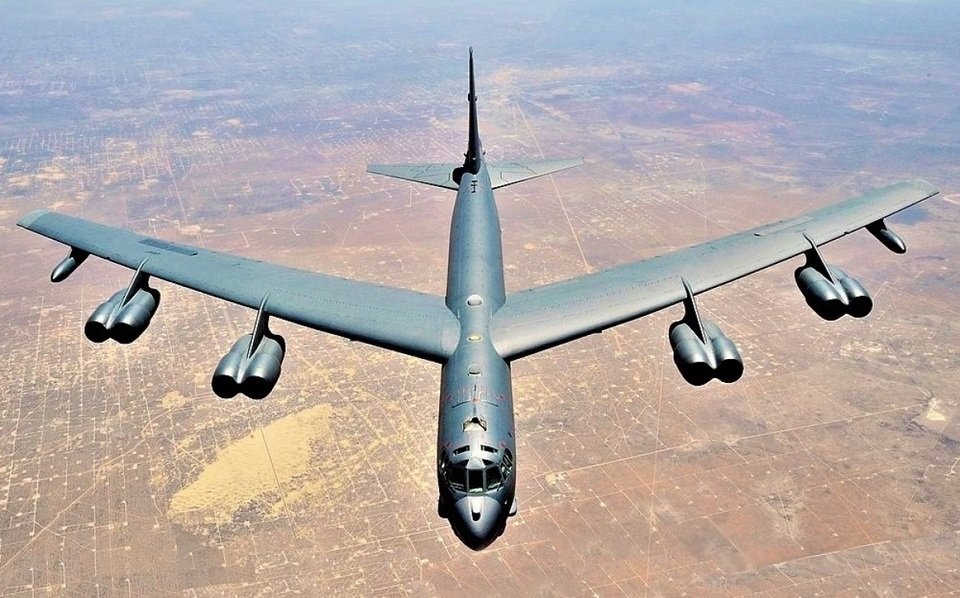
Rare story: The B-52H bomber lost its vertical tail and steering direction but still landed safely
In a rare case, a US Air Force B-52H strategic bomber during a test flight lost its vertical tail and steering wheel, but the crew controlled the plane to land safely.
On January 10, 1964, B-52H Stratofortress bomber number 61-0023, piloted by Chuck Fisher – Boeing’s civilian test pilot – and his crew, departed from Wichita, Kansas.
In fact, the B-52 Stratofortress bomber is designed to fly at high altitudes and high speeds (near supersonic).
For testing, the US Air Force loaned Boeing 61-0023 to install 20 accelerometers and 200 sensors to record stresses at different points on the airframe.
US Air Force B-52H Stratofortress strategic bomber;
At the time of the crew’s short lunch break, heading for milder air, when the B-52 was flying at an altitude of 4.5km, it encountered clear-air turbulence (CAT) above
Immediately after the violent turbulence, the plane shook violently to the left and then to the right and almost lost control, the rudder controls did not respond;
The first notice of loss of vertical stabilizer received by the crew was from an F-100 Super Saber flying obliquely to 61-0023.
Bad weather at Wichita forced the plane to divert, and an F-100 accompanied the stricken B-52 to Blytheville Air Force Base (Arkansas).
According to US Air Force records, the crew, along with Boeing engineers, decided to combine changing the center of gravity by moving fuel on the plane to maintain the center of gravity forward, changing the
As they approached the landing zone, the crew noticed the B-52 was drifting to the left and decided to lower the aircraft before other adverse low-speed effects occurred.
The vertical tail and rudder were torn off by a vortex, the crew did not fully understand the extent of the damage – 83% of the vertical stabilizer was broken off by turbulence, the vertical tail and rudder and other
After landing, based on the results measured on the sensor, it was known that the gust of wind hit the B-52 at a speed of 130km/h.
The bomber, number 61-0023, landed without a tail. Although damaged, it was repaired and returned to service, serving the US Air Force for another 44 years.
The US Air Force later produced the film to explain to the aircrews what happened, what factors led to the successful landing, and what was being done to prevent similar incidents.
Maybe this is because the plane behaves quite well – every detail has been dissected, every factor has been considered, studied – and because it is behind the plane’s center of gravity, the drag that Hound Dog creates


